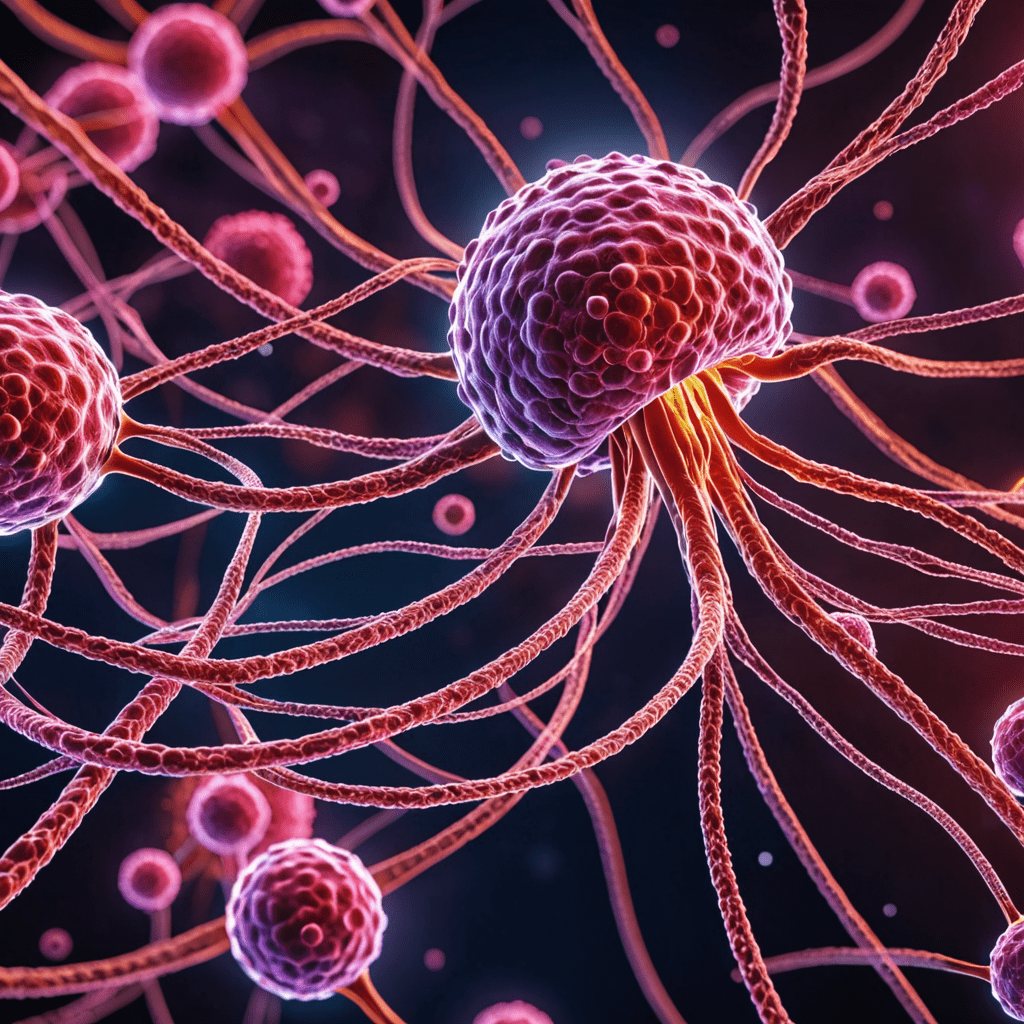
Nanotechnology in Water Remediation: Cleaning and Purifying Polluted Water
The Impact of Water Pollution
Water pollution is a significant global issue that affects the health of ecosystems and human populations. Contaminants such as industrial chemicals, heavy metals, and pesticides pose serious threats to water sources. Nanotechnology offers innovative solutions to effectively remediate and purify polluted water.
Understanding Nanotechnology
Nanotechnology involves the manipulation of materials at the nanoscale, typically between 1 to 100 nanometers. By harnessing the unique properties of nanoparticles, scientists can develop advanced water treatment technologies that target specific contaminants with high precision.
Nanomaterials for Water Remediation
Nanomaterials like carbon nanotubes, graphene oxide, and metal nanoparticles have shown great promise in water remediation processes. These materials can adsorb, degrade, or immobilize pollutants, enhancing the efficiency of water treatment systems.
Applications of Nanotechnology in Water Treatment
Nanotechnology is used in various water treatment methods, including membrane filtration, adsorption, and catalysis. Nanoparticles can remove organic pollutants, heavy metals, and pathogens from water, improving its quality and safety.
Benefits of Nanotechnology in Water Remediation
One key advantage of nanotechnology-based water remediation is its high efficiency in contaminant removal. Nanomaterials can target specific pollutants, reducing treatment times and energy consumption. Additionally, nanotechnology offers cost-effective solutions for cleaning large volumes of water.
Challenges and Considerations
While nanotechnology shows great potential for water remediation, there are challenges to address, such as nanomaterial stability, potential environmental impacts, and scalability of production. Ethical considerations regarding the release of nanoparticles into the environment also need careful attention.
The Future of Water Remediation
As research in nanotechnology advances, we can expect more innovative solutions for cleaning and purifying polluted water. Collaborations between scientists, engineers, and policymakers will be crucial in developing sustainable nanotechnology-based water treatment strategies for a cleaner and healthier environment.
FAQs about Nanotechnology in Water Remediation
What is Nanotechnology in Water Remediation?
Nanotechnology in water remediation involves using nanomaterials to clean and purify polluted water on a molecular scale. These tiny particles can efficiently remove contaminants from water sources.
How does Nanotechnology Help Clean Polluted Water?
Nanotechnology enables the creation of nanomaterials with high surface areas and reactivity. These properties allow them to adsorb, degrade, or remove pollutants such as heavy metals, organic compounds, and pathogens from water.
What are Some Applications of Nanotechnology in Water Treatment?
Nanotechnology is used in various water treatment processes like filtration, adsorption, catalysis, and disinfection. Nanomaterials such as carbon nanotubes, graphene oxide, and metal nanoparticles play a crucial role in enhancing water quality.
Is Nanotechnology Safe for Water Remediation?
When properly engineered and controlled, nanomaterials can be safe for water treatment. Extensive research is ongoing to ensure the environmental and human health safety of nanotechnology applications in water remediation.


